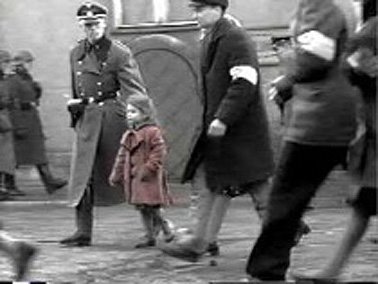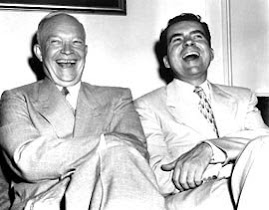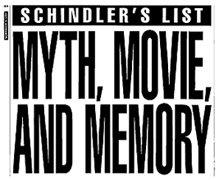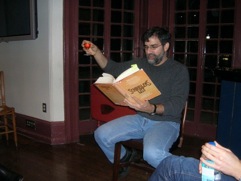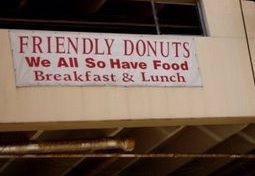 For surely, if it is true, as Bob Cobbing put it in 1969, that "[s]ound poetry dances, tastes, has shape," then those of us who have been teaching poetry-as-printed (poetry on the page, unsounded poetry) would presumably have to add at least these dimensions to the realms of approach in the classroom. This is perhaps too elaborate a way of saying that to have been prepared to teach words on a page, no matter how complex, is not necessarily to be prepared to help present a language as a kind of dance or as something that has a physical shape. “When the audiotape archive of a poet’s performance is acknowledged as a significant, rather than incidental, part of her or his work,” Charles writes in the same preface, “a number of important textual and critical issue emerge,” and he goes on to name these. Here I add another issue to his list. The technology that enables this – our ability to acknowledge such material as significant rather than of additive or illustrative quality – must itself become a part of the story of the poetic art taught to students of that art.
For surely, if it is true, as Bob Cobbing put it in 1969, that "[s]ound poetry dances, tastes, has shape," then those of us who have been teaching poetry-as-printed (poetry on the page, unsounded poetry) would presumably have to add at least these dimensions to the realms of approach in the classroom. This is perhaps too elaborate a way of saying that to have been prepared to teach words on a page, no matter how complex, is not necessarily to be prepared to help present a language as a kind of dance or as something that has a physical shape. “When the audiotape archive of a poet’s performance is acknowledged as a significant, rather than incidental, part of her or his work,” Charles writes in the same preface, “a number of important textual and critical issue emerge,” and he goes on to name these. Here I add another issue to his list. The technology that enables this – our ability to acknowledge such material as significant rather than of additive or illustrative quality – must itself become a part of the story of the poetic art taught to students of that art."Leonardo da Vinci,” Cobbing liked to say, “asked the poet to give him something he might see and touch and not just something he could hear. Sound poetry seems to me to be achieving this aim." Same problem here, I'd suggest. Seeing and even hearing we can manage, albeit the latter with special effort. But touch? That's difficult in the traditional poetry classroom. (And although seeing a printed poem - really seeing it as a thing, in William Carlos Williams's sense - poems aren't beautiful statements; they're things - is something we think we do in a close reading when often it is not what we're really doing.) All this strikes me as relatively easy to discuss in theory, but actually doing it, creating a consistent practice, seems daunting.
We can enlarge from sound poetry to poetry in general that is aided by – though in the case of sound poetry was never dependent on – new computing media. The contributors to New Media Poetics: Contexts, Technotexts, and Theories (2006) make precious little mention of the impact on pedagogy made by poetic technotexts, yet at nearly every point in this collection an altered practice is at least implicit, even in the section titled “Technotexts”-—meant to show examples of computer-generated or –enabled poetry. An essay on Cynthia Lawson and Stephanie Strickland’s Vniverse, for instance, describes the “social reading space” required by this work in a way that suggests rather specifically what a teacher would need to do in the classroom in order to “teach” such art: while the text is performed through the artist’s viritual interaction with the site—which can of course be apprehended without its creators present—“the audience is also reading while being in a social space.” However, the artists add, “we do not read it as they do.” Thus their “performing new media poetry” is a kind of teaching, assuming teaching to be a dynamic three-way interaction: (1) technotext, (3) performer/instigator of the site, (3) audience that reads/interprets in a social space.
One of the several innovations inherent in such poetics is that the artists’ “creative process is [itself] an initial model for th[e] interaction” of the sort that can take place in the classroom, so that students can glimpse the creative process and, if the technotext succeeds, can experience it.






 "I teach horizontally, meaning that while I might begin with a fixed idea of what I'm going to teach that day, I let it drift rhizomatically way off topic, often pulling it back when it gets too far. I rely on non-fixed materials to teach this way; the whole world is at my fingertips. Should I go off on a tangent about John and Rauschenberg and their love relationship as expressed in Rauschenberg's bed, an image of that bed is always a click away. From there, we can head anywhere into the non-fixed universe, be it film, text or sound. And of course, that always takes us elsewhere. As Cage says, 'We are getting nowhere fast.'"
"I teach horizontally, meaning that while I might begin with a fixed idea of what I'm going to teach that day, I let it drift rhizomatically way off topic, often pulling it back when it gets too far. I rely on non-fixed materials to teach this way; the whole world is at my fingertips. Should I go off on a tangent about John and Rauschenberg and their love relationship as expressed in Rauschenberg's bed, an image of that bed is always a click away. From there, we can head anywhere into the non-fixed universe, be it film, text or sound. And of course, that always takes us elsewhere. As Cage says, 'We are getting nowhere fast.'" 

 that anyone has yet got the imaginative measure of that terrifying day six years ago. Certainly our Tolstoy has not crawled out of the rubble. The closest we have, Don DeLillo, succeeded as an essayist-journalist ("In the Ruins of the Future: Reflections on Terror and Loss in the Shadow of September,” Harper’s, December 2001) but, to my mind, failed as a novelist ("Falling Man"). One reason, perhaps, is that the remembered emotion was instantly buried under a pile of cultural junk.' - Tod Gitlin in his review of Susan Faludi's The Terror Dream (written for
that anyone has yet got the imaginative measure of that terrifying day six years ago. Certainly our Tolstoy has not crawled out of the rubble. The closest we have, Don DeLillo, succeeded as an essayist-journalist ("In the Ruins of the Future: Reflections on Terror and Loss in the Shadow of September,” Harper’s, December 2001) but, to my mind, failed as a novelist ("Falling Man"). One reason, perhaps, is that the remembered emotion was instantly buried under a pile of cultural junk.' - Tod Gitlin in his review of Susan Faludi's The Terror Dream (written for 


